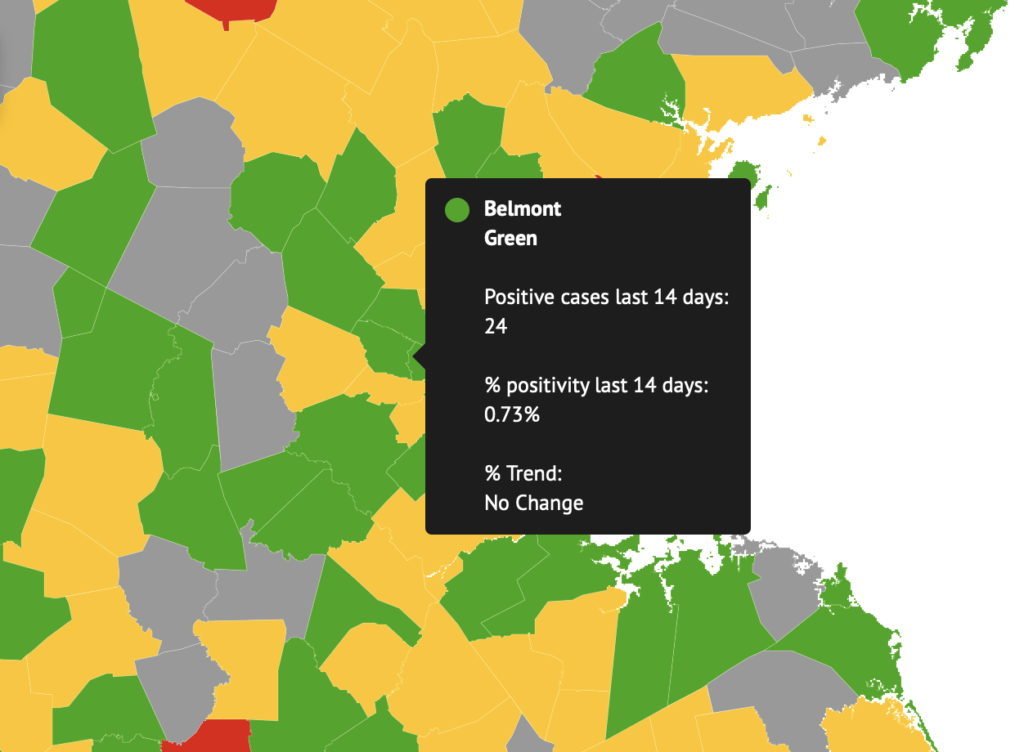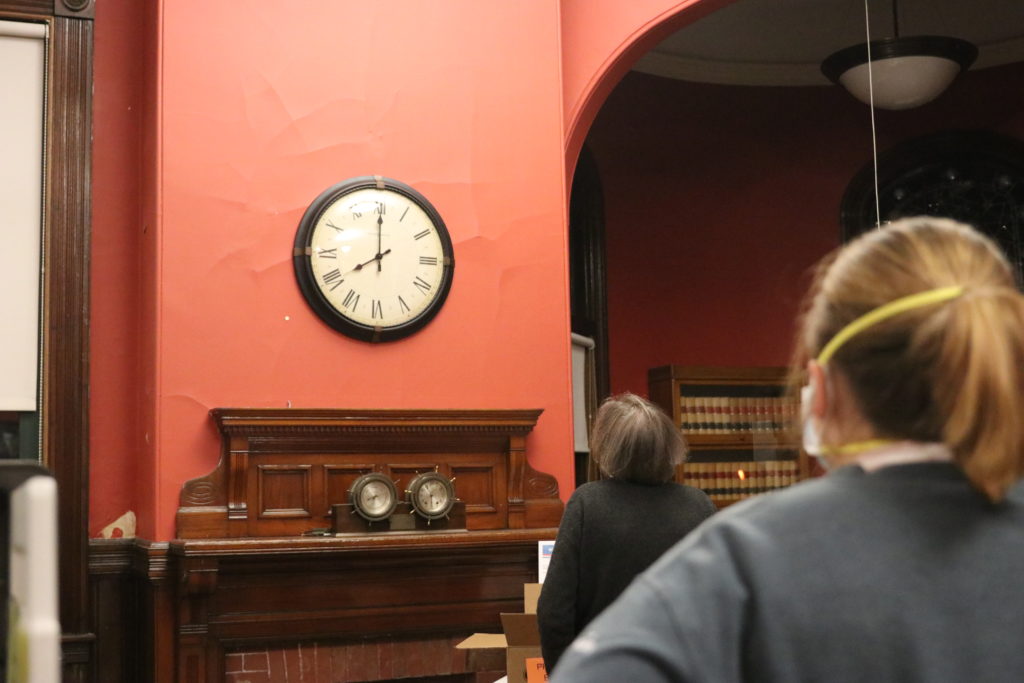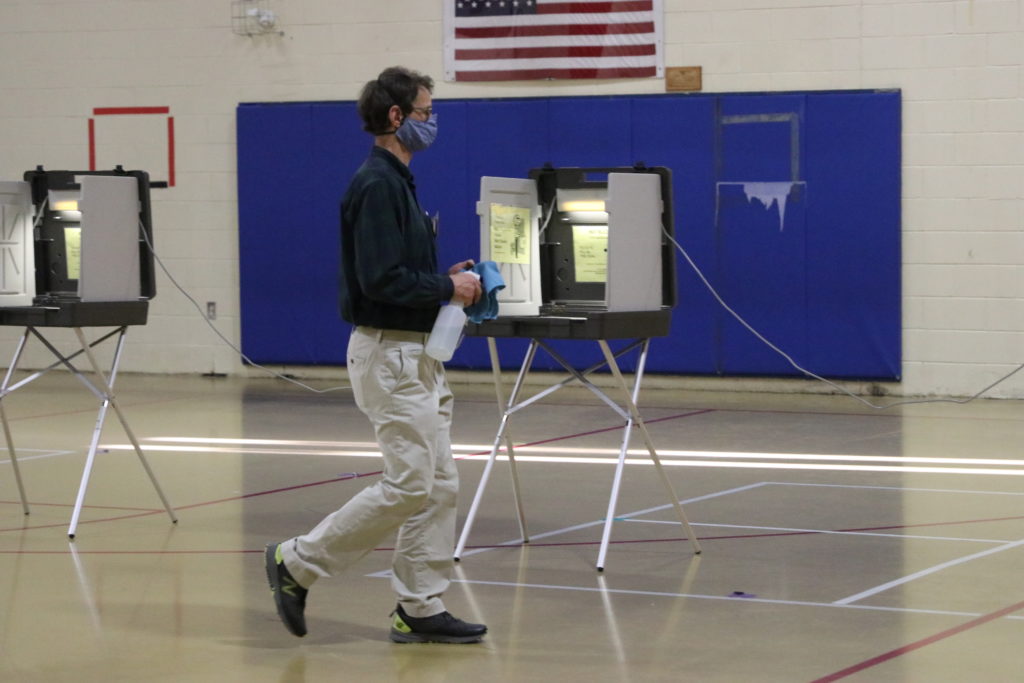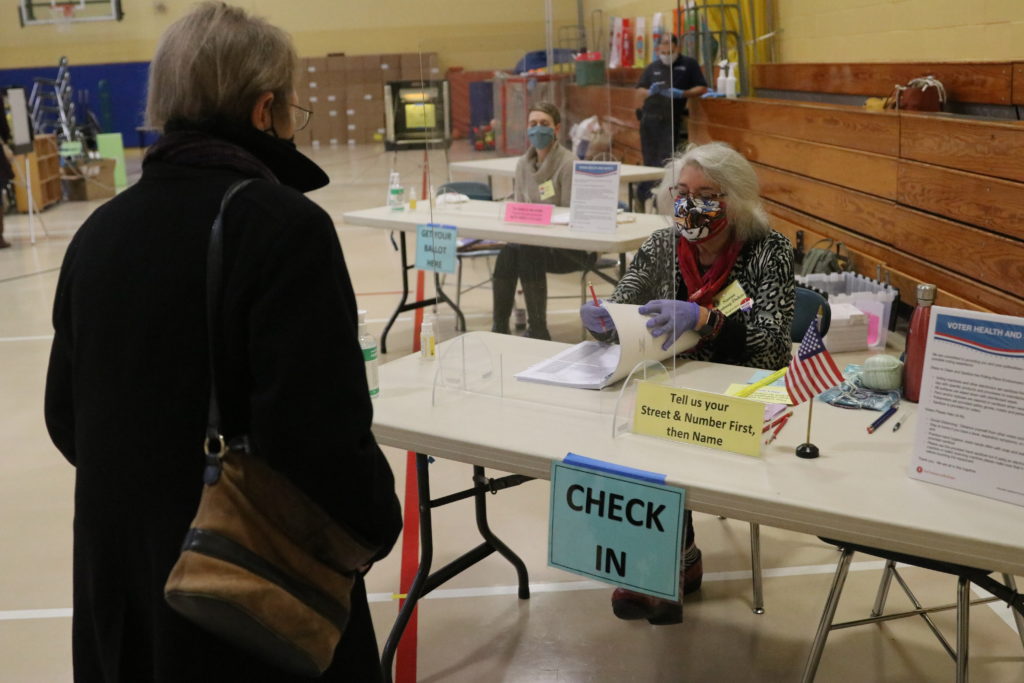Photo: Brianna Normile, who earned her professional status from the school district she attended for her entire elementary and secondary education, including graduating from Belmont High School.
Belmont Schools Superintendent John Phelan said this year’s celebration on the granting of 26 educators’ professional status was special for him on a personal level. One of the educators who were honored on Oct. 27 at a virtual meeting of the Belmont School Committee was a student he knew a decade ago when he was an assistant Middle School principal.
“I won’t call her out,” said Phelan, but said it was so rewarding to have taught her and now seeing her as a teacher.
Under state statute, a teacher who has served in the public schools of a school district for the three previous consecutive school years is deemed to have earned “professional teacher status,” which is sometimes referred to as tenure.
Included in the group includes Brianna Normile, who earned her professional status from the school district she attended for her entire elementary and secondary education, including graduating from Belmont High School.
Noting that the keepsake given to him 17 years ago when he earned his professional status as a teacher at the Chenery Middle School is on his desk, Director of Human Capital Mike McAllister, gaining professional status is no small accomplishment as it not only means each teacher, specialist and leader met expectations but will serve the larger mission: to educate the children of Belmont and prepare them for the future.
This year’s teachers and educators include:
- Eleanor Ahlborn-Hsu
- Elizabeth Willis
- Margaret Dagon
- Kerry Eaton
- Nicole Frisone
- Meghan Gallagher
- Scott Giusti
- Lauren Grossi
- Kaitlyn Kennedy
- Emily Communiello
- Lea Walsh
- Elise Stoppel
- Stephanie Chan
- Melissa Chalmers
- Jennifer Richards
- Elizabeth O’Connor
- Sara Carson
- Lisa Carlivati
- Brianna Normile
- Sonia Neuberger
- Kassie Bettinelli
- Steven Berson
- Catherine Monnin
- Sarah McInnis
- Marella Averill
- Tawnya Lewis







